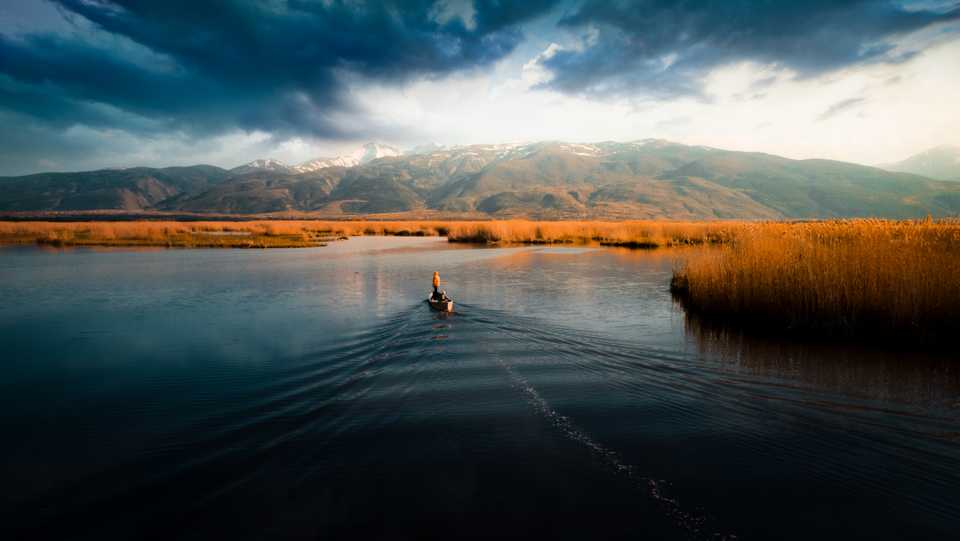
Photographer and videographer Halil Bekar has shot a series of documentaries featuring hidden spots in Turkey that have a great potential to be tourist destinations. The series takes a tour of Turkey’s unknown destinations from the Southeast to the Black Sea region and Anatolia.
Halil was inspired working as the video and photo provider for the Directorate of National Parks for two years, a time when he was on the road going from one amazing location to the next.
“The things I saw were amazing so I wanted to show the people the things that I see. So I came up with Show Me Turkey idea. I could just take photos and videos for National Parks but I wanted to do more and worked hard to get to people to see of how Turkey is,” he explained.
Halil plans to shoot other little-known places and he’s working on cultivating support from the city representatives who could help him with the logistics required for the production process.
Southeast Turkey
The series starts off with Southeast Turkey and the first stop is Adiyaman “where the sunset is the best” Halil says. Adiyaman is best known for its Nemrut Mountain, with large statues that are assumed to be royal tomb from 1st Century BC. One of the essential rituals of visiting Mount Nemrut is enjoying the sunrise from the summit with incredible scenery.
Home Turkey suggests the best season to visit the mountain is between April and October.
The next stop is Gaziantep, where Halil visits the nature park, zoo, and the centre. While Halil doesn’t mention it in his series, there’s one word everyone should learn before visiting Gaziantep: fistik (pistachio). According to Lonely Planet, this fast-paced and epicurean city has around 180 pastry shops producing the world’s best pistachio baklava.
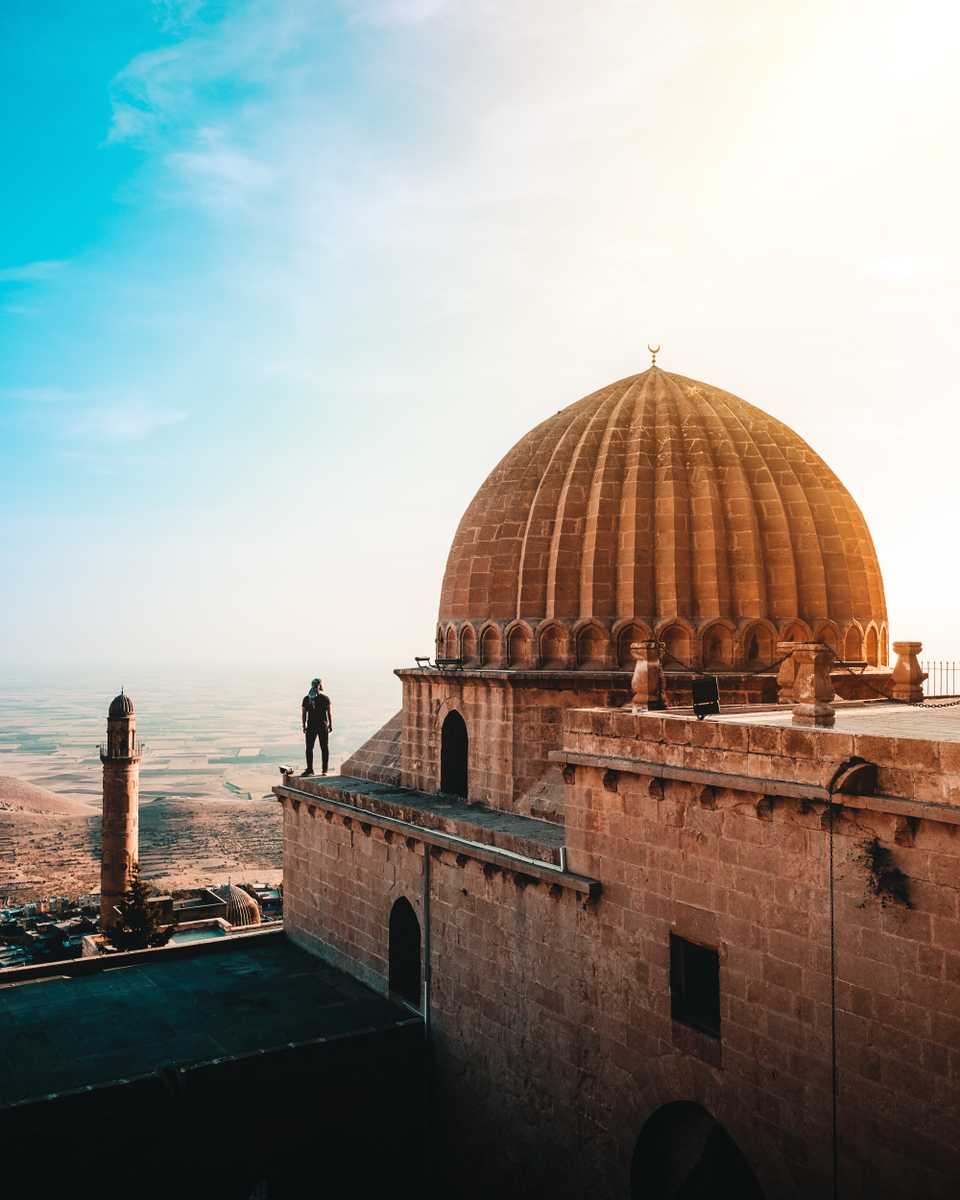
UNESCO-listed Gaziantep is well-known for its long gastronomic history which has been at the core of its cultural identity since the Iron Age. Nowadays, food remains to be a large part of the economy and 49 percent of businesses are dedicated to food, including spices, cereals and dried fruits.
The series continues with the neighbouring cities Sanliurfa and Mardin. The series suggest that the best way to explore Mardin is getting lost in the city. Minarets emerge from a baked brown labyrinth of meandering lanes, a castle dominates the old city, and stone houses cascade down the hillside above the Mesopotamian plains. Lonely Planet describes the city as a highly addictive and unmissable spot.
Western Black Sea
The second series starts off with Turkey’s western Black Sea city of Kastamonu. The Kure Mountains surrounding this beautiful city are home to spectacular canyons and waterfalls, including Horno Kanyon, the Ilica waterfall and Valla canyon. This site is still largely undiscovered by tourism.
The next stop is Mount Ilgaz, the mountain is not included in the list of the top 20 highest mountains of Turkey despite the 2,587m altitude of its peak point Buyukhacat Tepesi. However it has sweeping scenic views and endemic species of wildlife.
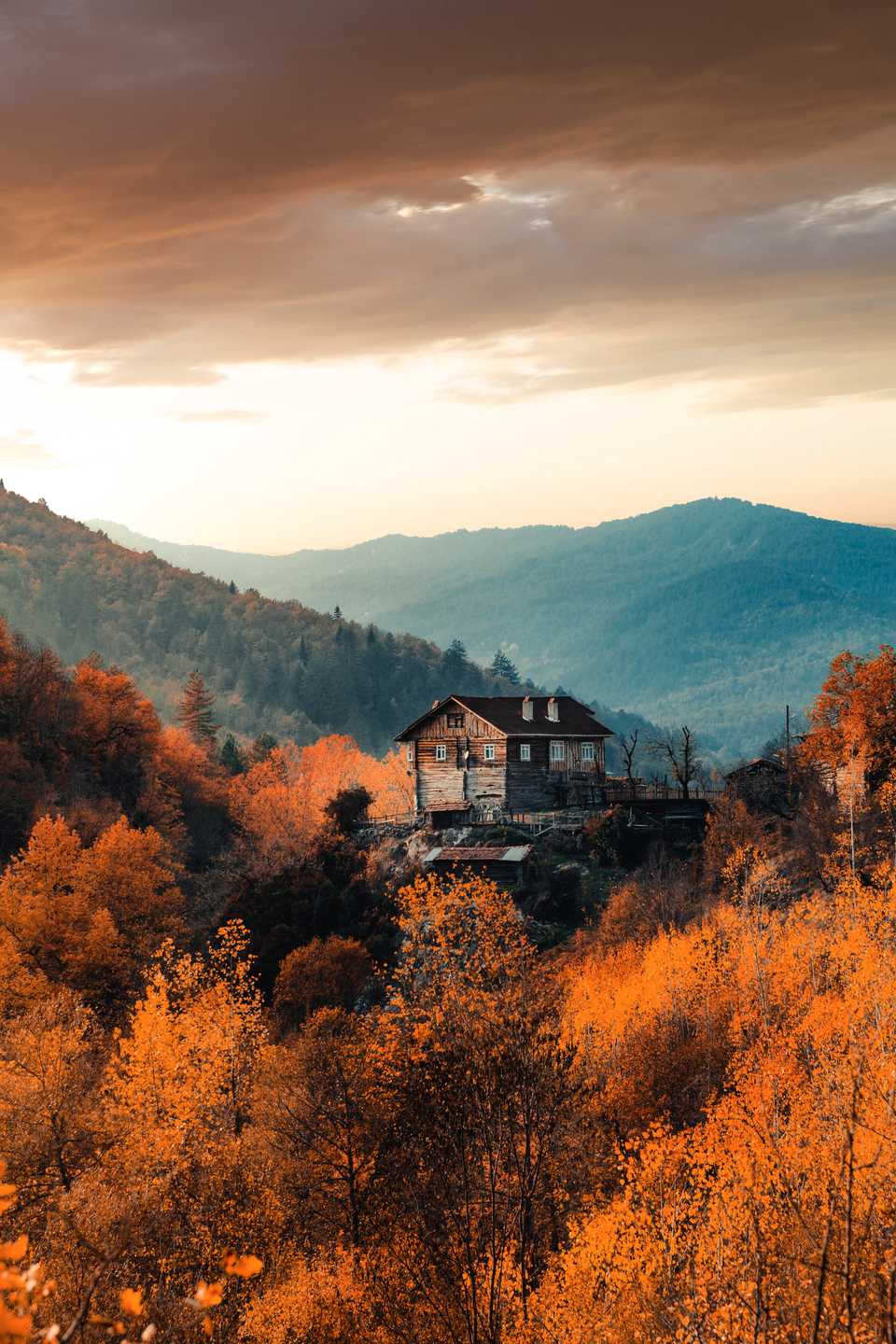
The Ilgaz Mountain National Park attracts winter sports and ski enthusiasts, while in summer people come here for trekking and camping. The national park is a natural wonder covered with forests. Mount Ilgaz is not only rich and dense in flora variety, it also shelters a large number of wild animals.
The series continues with other western Black Sea cities, including Safranbolu, with its vibrant centre, Karabuk, and Zonguladak.
Cappadocia & Kayseri
The third series starts with Cappadocia, which is an open-air museum full of unrivalled natural and cultural components. It is located in the middle of a once-active volcanic area in central Turkey.
According to Home Turkey, millions of years ago, the mountains in the area were active volcanoes and continued to be active at least until the Neolithic period. Over many millions of years, volcanoes, wind, rain and ice sculpted the region which we now know as Cappadocia.
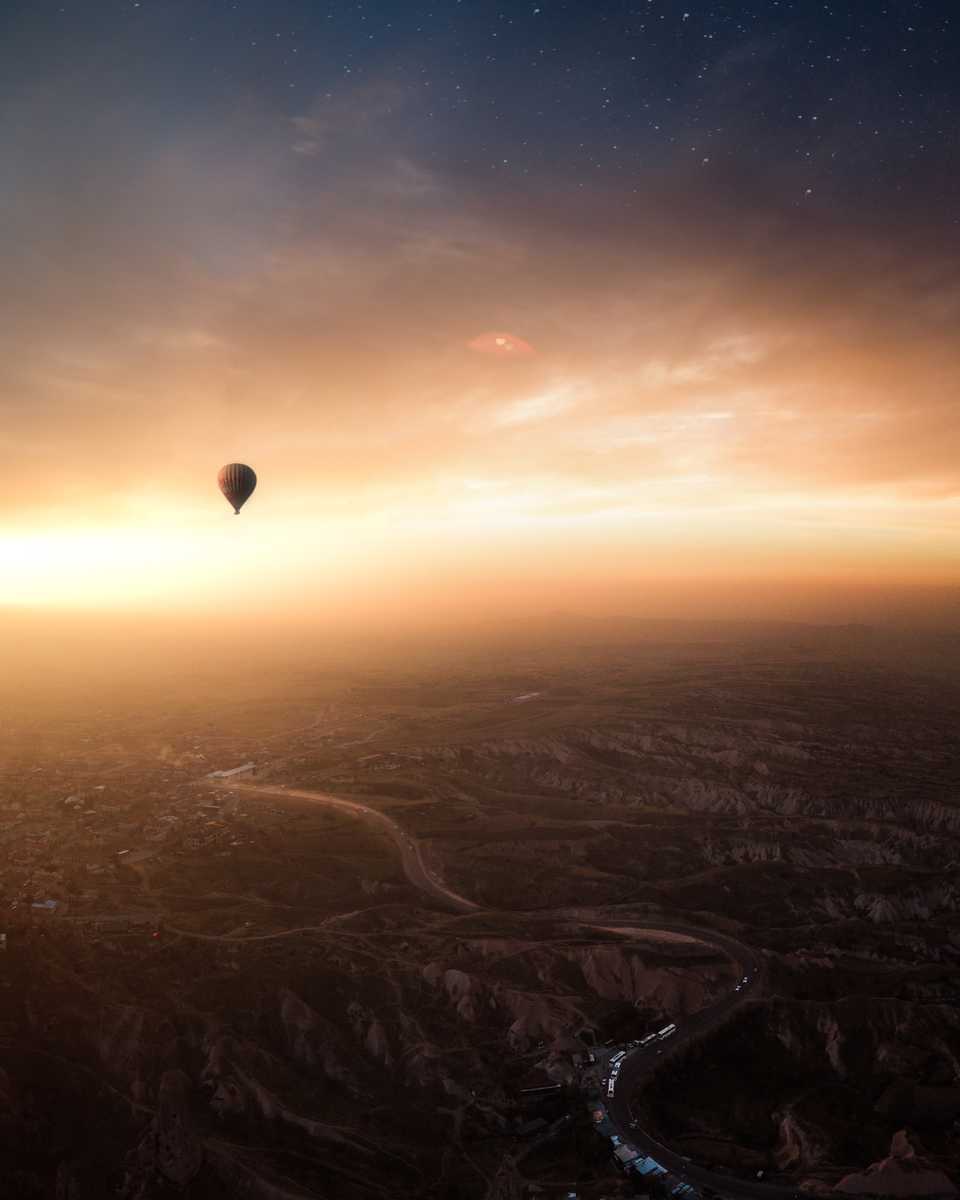
Some locals call these unique rock formations “fairy chimneys” and the fantastical topography is matched by the human history here. Human settlement at the Cappadocia region dates back to the Paleolithic era.
The lands where the Hittites once lived become one of the most important centres of Christianity. Houses and churches carved into the caves and rocks turned the region into a huge heaven for Christians escaping from the dominance of the Roman Empire.
Halil describes Kayseri as a “world of freedom” with a blend of modernity, Seljuk tombs and mosques overlooked by Mount Erciyes, which is Turkey’s fifth highest mountain, and famous for its pastries.
Afyonkarahisar
Most people are familiar with the stunning Cappadocian landscape, but far fewer visit the almost equally beautiful Phrygian Valley. The valley is not so much one valley as a whole area spread out between Seyitgazi, Kutahya and Afyon in Central Turkey. The fourth series explores the Afyonkarahisar region in central Turkey.
Famous for its fine thermal facilities, kaymak (clotted cream) and sucuk spicy sausage, it is also crowned by Afyonkarahisar castle set upon a majestic rocky outcrop. History books say that this 226-metre-high castle dates as far back as 3,500 years, to the time of the Hittites. It has been called Karahisar (Black Fortress) since the Seljuk Empire period.

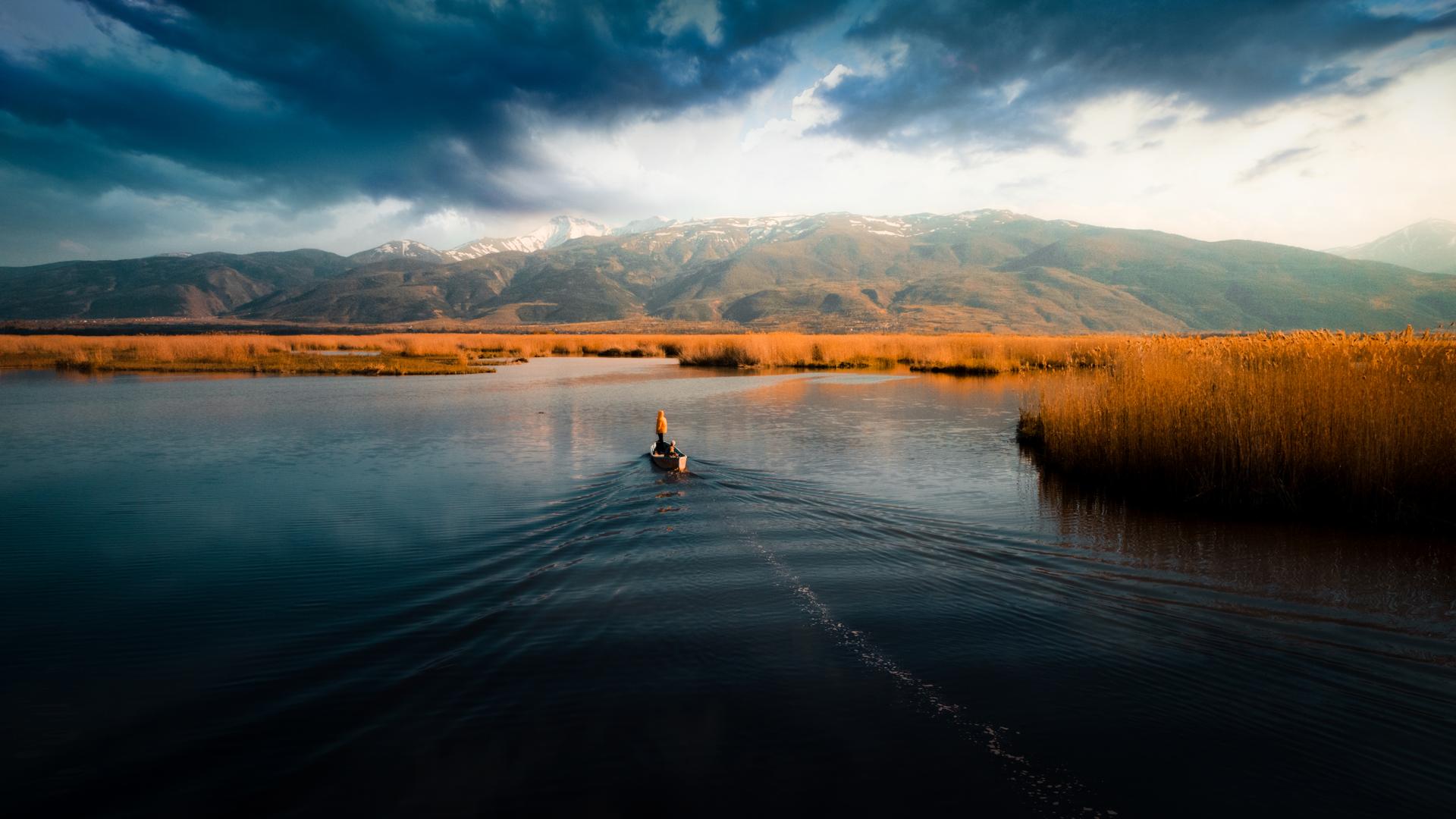








Discussion about this post